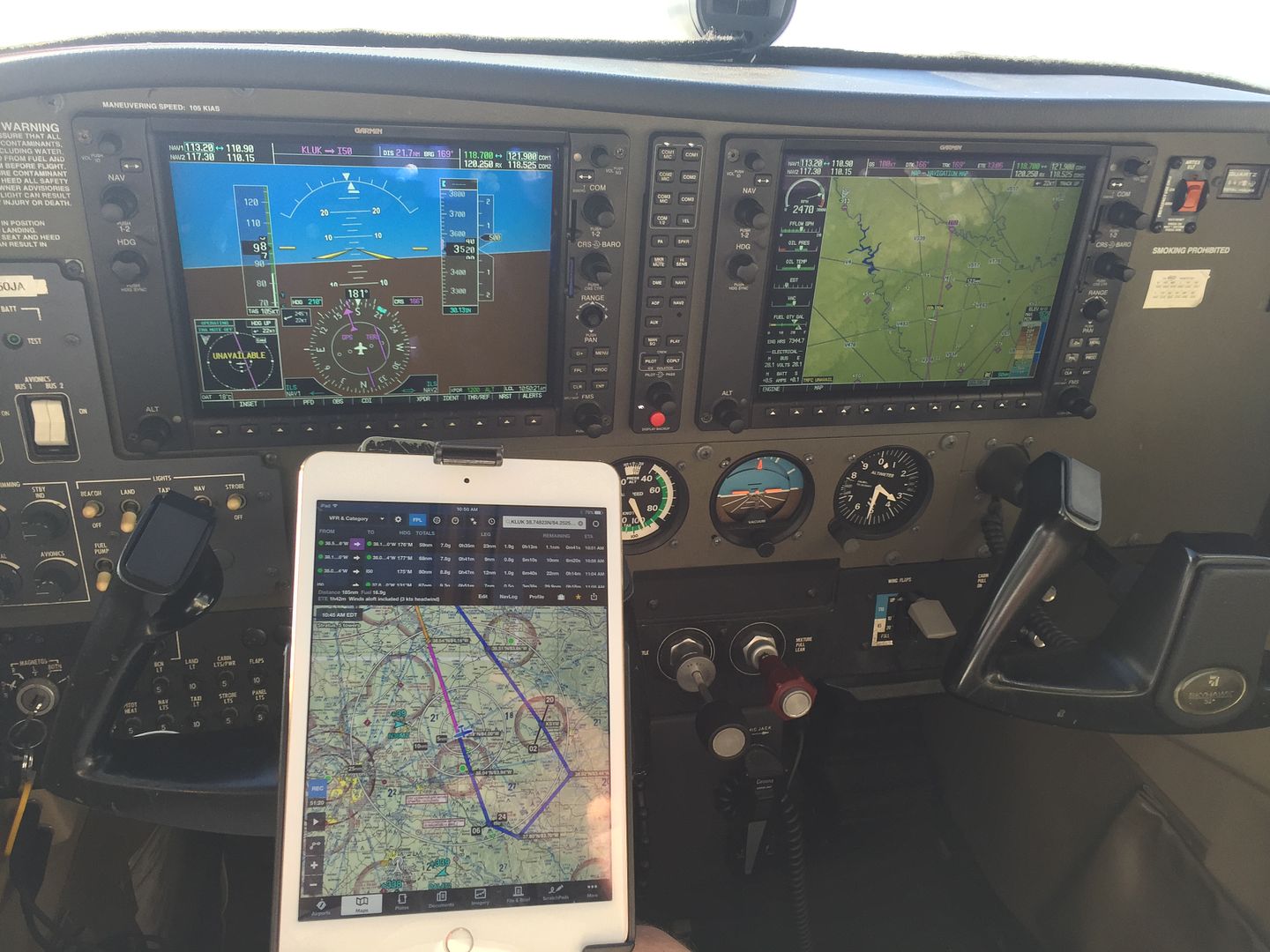Any advice from you seasoned users?
Hi.
Learn the most important items that you need first, don't try to memorize all the features / steps. Ask Your CFI to do it on the ground, s/he should have done this already, and get a good video of it, don't spend time with the video camera set up, set it in a good location and pay attention to the CFI.
If you have a Flight sim like XPlane or MSFSX.. that has an acft C172SP in Xplane, that have those instruments use them they are not fully featured but XPlane, you can get the Demo 10 min at the time, for free but they have many of the important features you need.
Getting used to the Location, Orientation, Combinations of the instruments/ gauges is most of the initial familiarization you need. Many of the Steam gauges are combined in one location / area, they will be much easier to use later because they are combined in a logical order, you can look at one area and you have in view more than one steam equivalent, it just takes time to get used to it.
Get a good Scan order depending on what is Primary... again ask your CFI to tell you what he uses for what approach... but the single instrument priority is still the same just in a different location/ orientation.
Must know the steps on how to select what you need down cold, without having to spend too much time thinking about it. Do it on the ground if you can, get a video of the instrument panel, with all the needed features / steps / buttons you need, take it home and memorize it. Use the sims.

